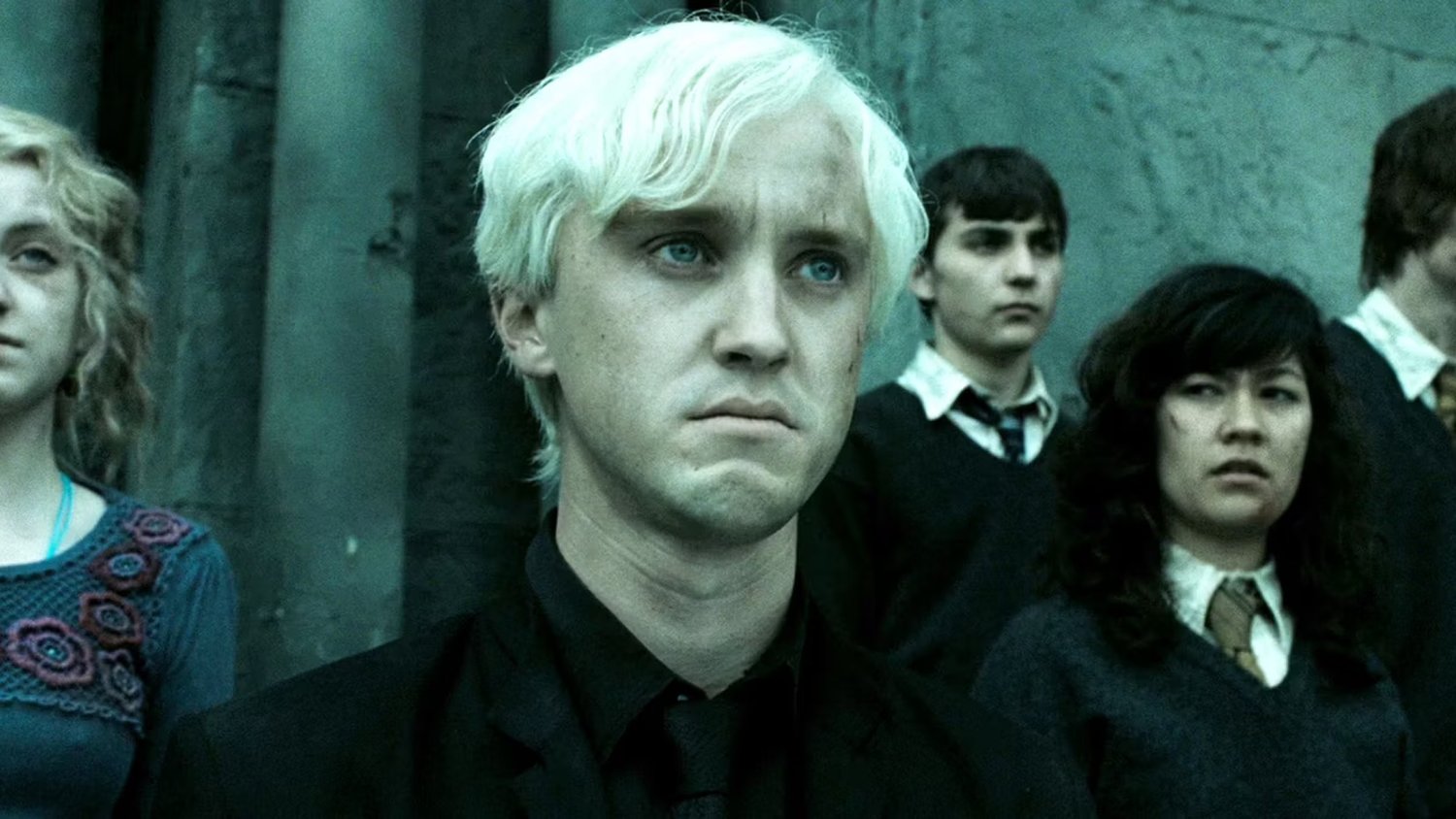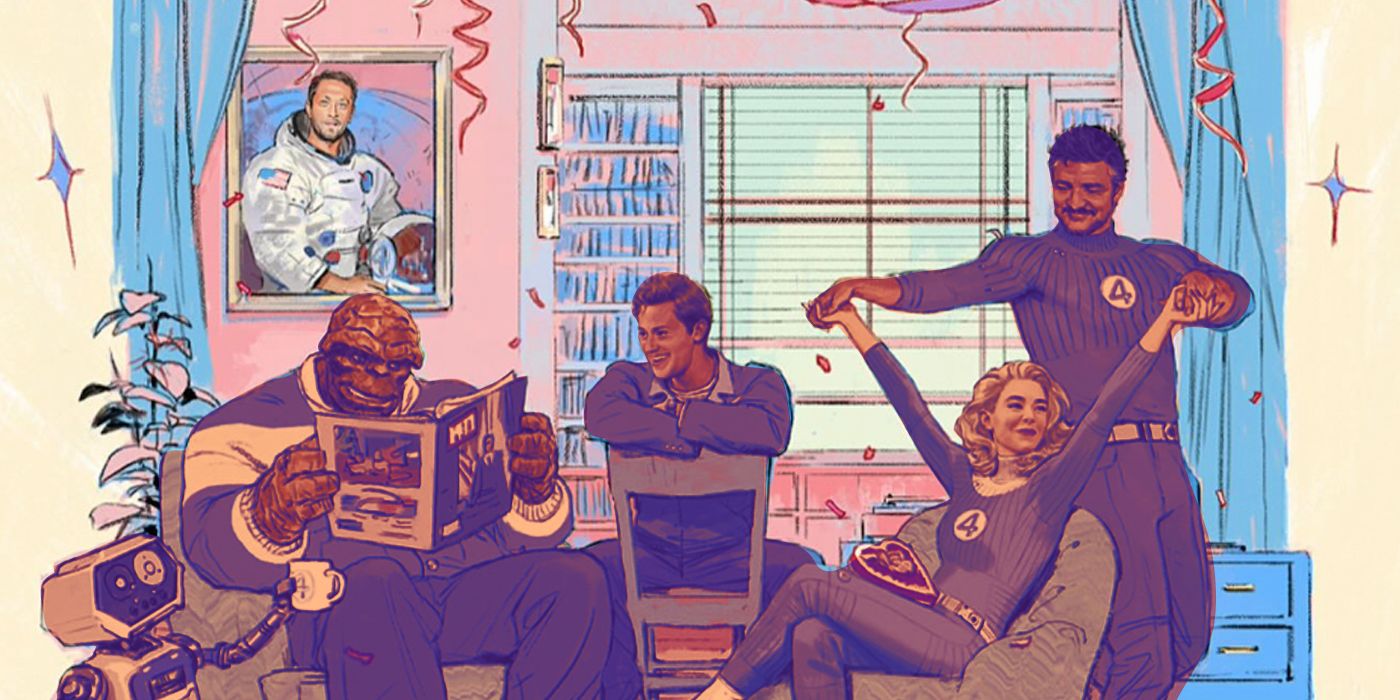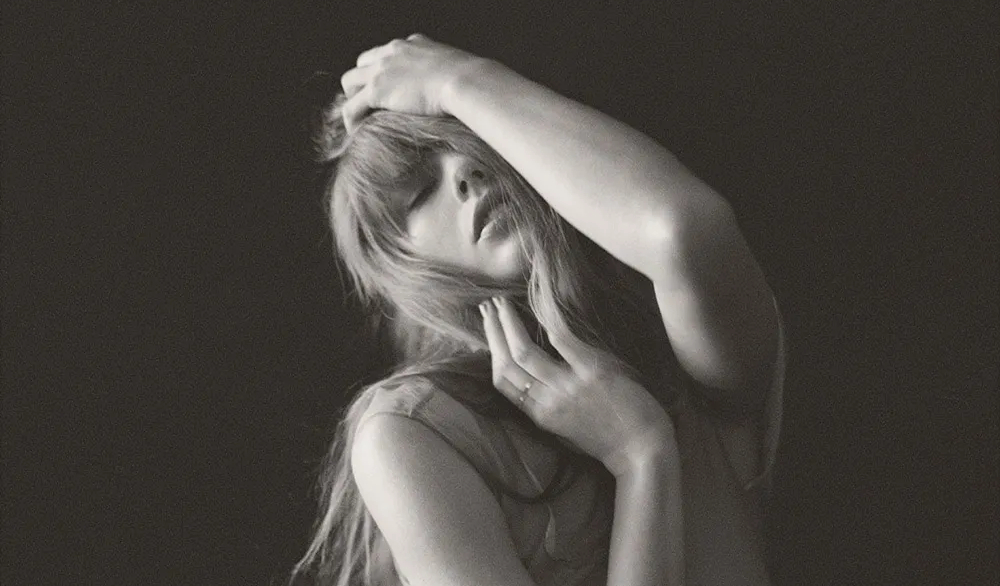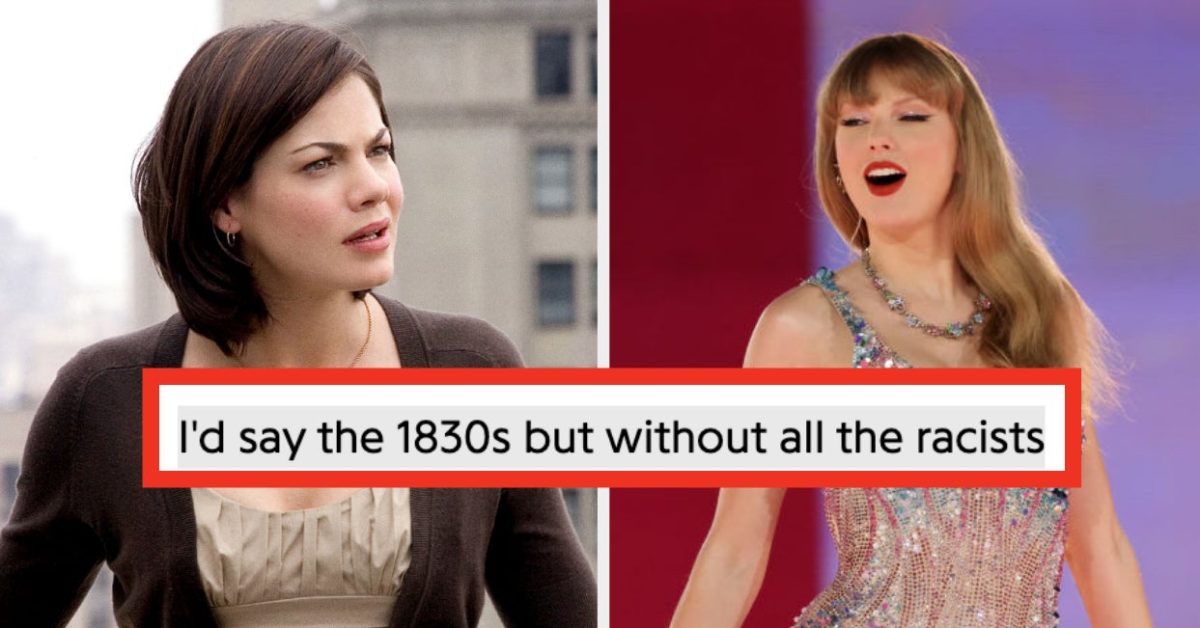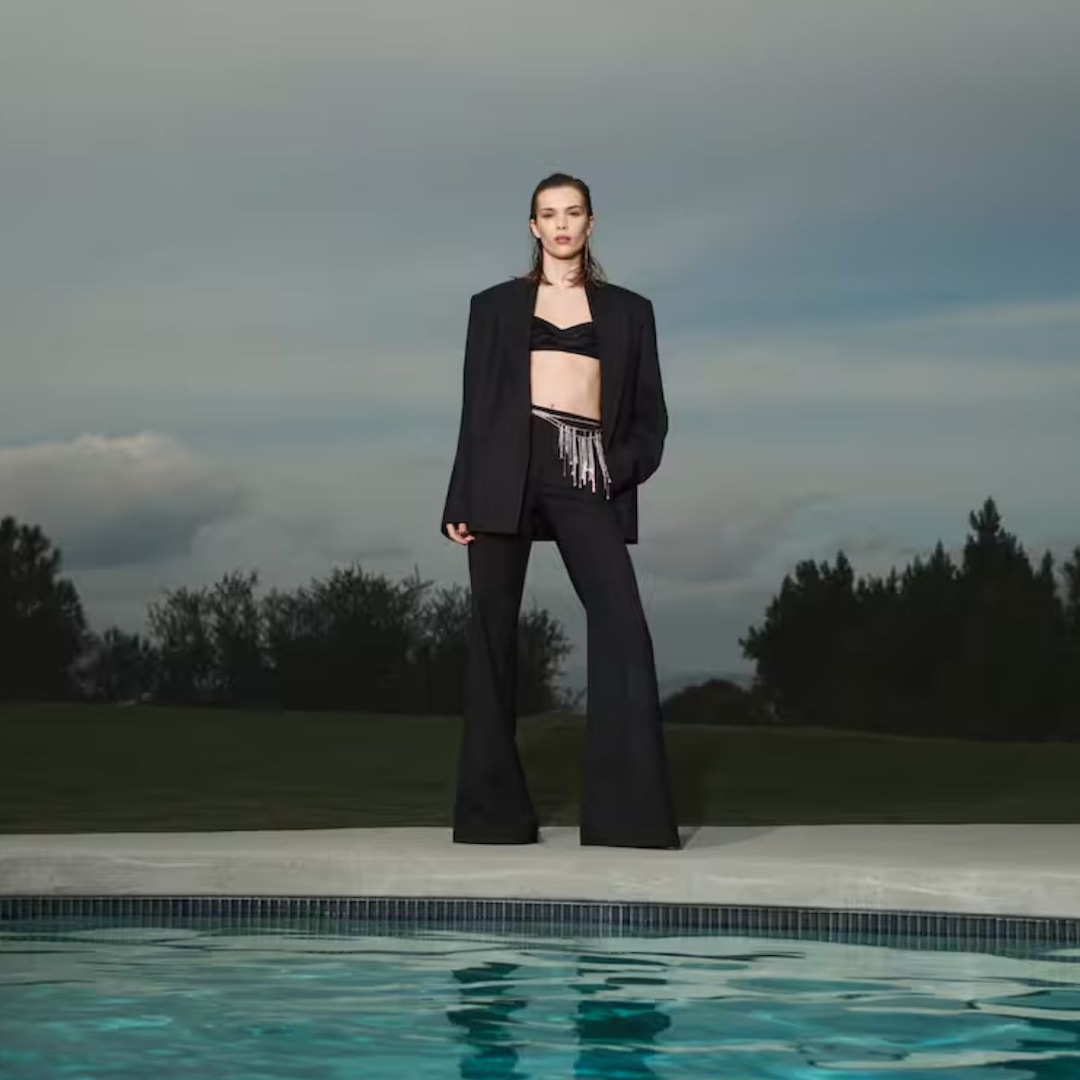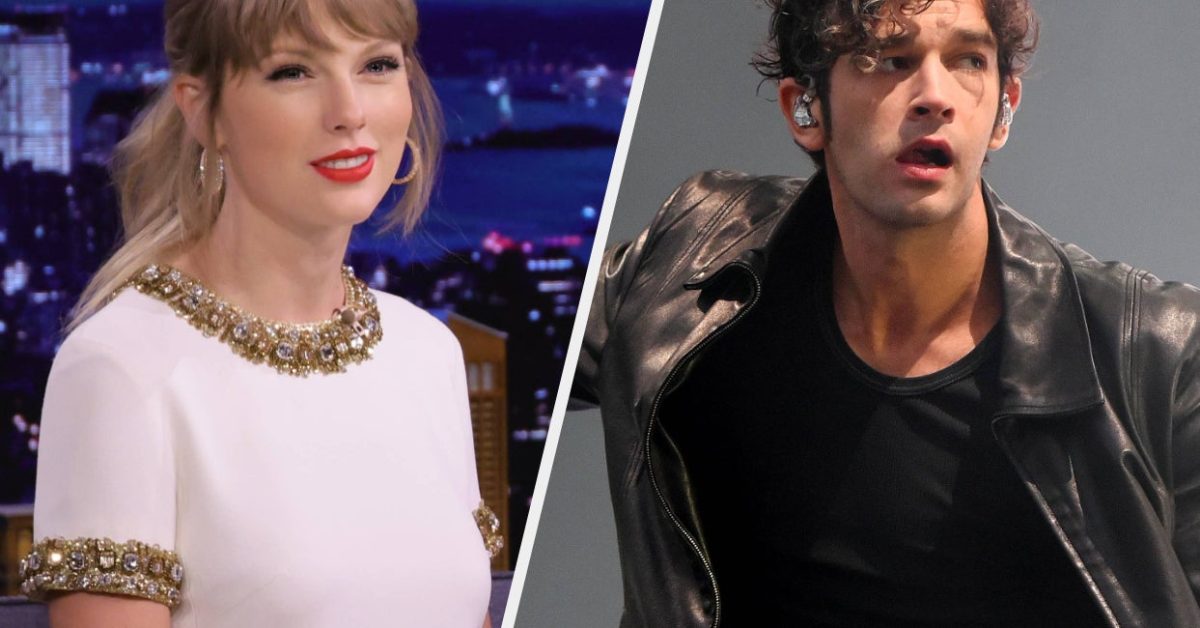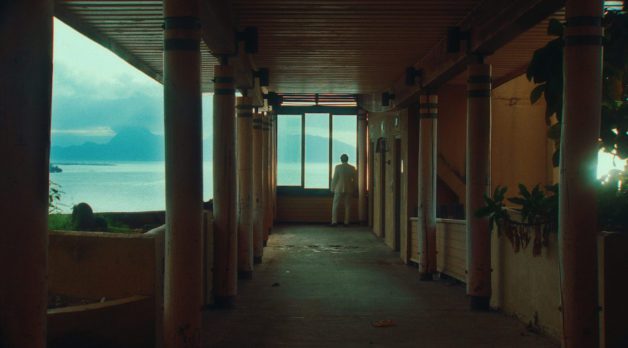
“One Cinematographer, Two Camera Operators and Three Cameras”: Albert Serra on Pacifiction
Feb 17, 2023
Benoît Magimel in Pacifiction
You might think of Pacifiction as a feature-length version of the shot of the boat in The Parallax View before it explodes—before you know it might explode, before you know anything for sure. A man in a white suit, De Roller (Benoît Magimel), makes his rounds on the Polynesian islands, presiding more like a benevolent impresario at a Euro nightclub than the nebulous political figure that he is (High Commissioner, it turns out). He hears out local power players, consults with Shannah (Pahoa Mahagafanau) and other underlings and associates and grows concerned about nuclear machinations by the French government. “It’s not paranoia. It’s logical suspicion,” as the director put it to me.
Lest that description sound too legible, Pacifiction is far less a political thriller than an extended not-so-post colonial reverie—it’s a mood. Serra opens out his customary sprawling and sensual textures, from which we glean behavioral curiosities, philosophical ruminations, humorous absurdities. His films can feel like jaw-dropping gambits, or gambles, yet he generally succeeds in producing something strange and ineffable from his sources. For Pacifiction, one inspiration was Tarita Teriipaia, who met future husband Marlon Brando during the filming of Mutiny on the Bounty in Tahiti; another, the shifty Count Mosca from Stendhal’s The Charterhouse of Parma. Call it Paradise in perpetual sunset.
Pacifiction was filmed over 25 days in Tahiti during lockdown in August 2021. Despite the loose feel, it benefits immensely from Magimel’s centering star presence, rising to the challenge of Serra’s methods. The two met when the actor was in Cannes for Rebecca Zlotowski’s An Easy Girl; Pacifiction premiered there in competition and is nominated for multiple César awards in France (making possible what would be Magimel’s second consecutive actor win). Serra is never shy in interviews, speaking in a rush as if he can’t help himself, just as he does in his somehow endearingly self-praising live-wire appearances at screenings. We spoke when he was in town for the New York Film Festival presentation of Pacifiction; since then, he has teased the title of a film (I Am an Artist) which may or may not be the one hinted at below. Pacifiction opens February 17.
Filmmaker: How much do you rely on the element of surprise in your films?
Serra: It’s difficult to say. When you edit the film—especially this kind of film, with a lot of rushes and a long process of editing—it’s eight months, seven days a week, almost without stopping. We were totally exhausted. At the end, it’s impossible to watch the film counting on a surprise, because you know everything. So you really have to force yourself, or what I do is to show it to a lot of people for the first time before closing the edit. I can say I don’t rely on surprise, but of course, my style is based a little on that: you never know how long the scenes will be, or what will be next. I always cut the beginning and the ending of the scene. We try to make it sophisticated, and it’s always for aesthetic reasons. We never think, “We have to make it this because it will be shorter” or “Maybe it will be better for the audience.” What we get at the end, I don’t know exactly, but it’s quite original because of that.
The process is the same. It takes more than three months just to watch all the material: 540 hours, 180 or 200 hours of sound. I check all the images of the film, and I note with the timecode all the things I like, but all the things are totally different from one to another. For example, here [in this coffeeshop] I like the dark color of the sofa, here I like the smile of that guy, here some dialogue, but only this part here. Then the editor and I edit the film only using what we liked.
Filmmaker: In a way it’s only the most intense moments.
Serra: Yes. It creates an edit that answers this need that it cannot be narrative, it cannot be ideological, you’re not talking about anything. You are just trying to make a puzzle of the pieces that Albert said he liked and to create or organize according to the scene.
Filmmaker: Some of my favorite films of yours are inspired by literature: Don Quixote for Honor of Knights or Casanova and Dracula for Story of My Death. In those cases, you have a text that you’re working against, within, around. In Pacifiction, there is no text, or was there something?
Serra: Maybe you are right, because I wrote a script that was without dialogue, but like in a novel, it had all the internal thinking of the characters. So in fact, there was a text.
Filmmaker: So you wrote the novel this time.
Serra: Yeah, I wrote the novel this time, in a way that was like the other texts: to go around, to go inside, to use it when necessary. It was a long detailed script, 120 pages, but everything was full—not just pages where it’s five lines or seven lines. For me, the film feels quite controlled, because we rely on a text.
Filmmaker: Do you think you would ever publish that?
Serra: Could be. It was very useful for the thinking, because when I write for example for my character, “I want to fuck. Maybe I will invite him to dinner and maybe if he drinks he will be more open.” There is one part that I cannot communicate: I cannot use in the film that I want to fuck. But the part that says “maybe I invite him,” this I can transform into dialogue easily because it’s “Do you want to come and have dinner with me?” So there are parts that are useful, that can be transformed, and it’s like a script. And the other parts are helpful to feel the feeling.
Filmmaker: But you’ve said before that no one gets the script, so they don’t have access to this thinking. So do you communicate it?
Serra: I don’t communicate! And if the actor does not know [the thinking explicitly], it’s a good way to avoid cliché. But it’s also risky in the sense that you can create characters that are too incoherent. It’s useful for me to do a little bit of direction of the actors. This film is at the limit of that, because with the psychological ambiguity of the main character, you never know if he’s close to the local population or he’s serving the interest of the state. Maybe it’s on the edge of being too ambiguous!
Filmmaker: I saw De Roller as a diplomat who has to talk in an open-ended or ambiguous way.
Serra: Yeah. But a diplomat has a double image, the public and the private. Everybody has a little bit of that with a profession, but it could be risky for the actor to perform something that it’s too contradictory. Of course, you as a spectator always make it coherent, because you give it meaning. So, there is a margin of safety, even when creating incredibly complex or contradictory characters. But it can be too deep, too abstract. Sometimes the spectator can get too tired. It’s not good when the psychology becomes abstract. In cinema, you need the creation of a materiality of the psychology in the image. You need something.
Filmmaker: What led you to cast Benoît Magimel?
Serra: Because I like him very much, his face. I thought that he already had something ambiguous, a bit cynical, in his expression.
Filmmaker: And decadent?
Serra: A little decadent. Cynical with a lot of life behind him. He’s my age but he looks at least five or seven years older. I liked this idea. And he was a very open-minded guy. He’s a wild guy—a little bit of a rock-and-roll lifestyle.
Filmmaker: But you didn’t do any reading with him before.
Serra: No, never!
Filmmaker: What did he say yes to when he agreed to do the film?
Serra: He said no at the beginning. But then some friends we have in common convinced him. “Come on, you have to do it. Albert is a good director.” He said okay. He has a volatile mind, but then he was very open-minded. Do we want this, do we show this—everything was “yes!” He was very competitive somehow, especially in the first take. Then he always got a little bit tired and bored on the second take. But in the first take he always wanted to show how good he was. It’s something like pride. And it was very tense, and I put a little bit of pressure, because the non-communication is already a pressure, also the three cameras with zoom lenses. You never know what they are shooting.
Filmmaker: So before a scene, what do you tell him?
Serra: Depends, but in general nothing. He receives the dialogue for the first time [by an earpiece], and he doesn’t know what will happen, how the others will react. He’s always living in his own mind, so he discovers the content of the scene in real time. He has to establish a coherent situation with that, which is a lot of pressure, because it doesn’t stop. You are so concentrated on here [points to head] that the body performs in a totally different way, almost hyper-realistic, because it’s completely out of control.
Filmmaker: It’s unconscious.
Serra: Yes, absolutely! And the dialogue can be artificial and strange. Sometimes they say bizarre things, political things, poetic things, whatever. Not the typical useful narrative or dramaturgic dialogue that has to support the action or the character. But it becomes lyrical: words, sentences, subjects that are not truly connected with what you see. The way of performing the body is very rough, ultra-realistic, so it makes a contrast and that’s what makes the film hypnotic. You will not stop watching it, you want to know more, because the depth of this contrast has no end. There will never be a solution at the end to understand what’s going on, so it gives you a really strong desire to watch.
Filmmaker: Location seems important for setting the stage for this. What interested you about the tropical locations?
Serra: First was the idea that I avoid clichés in all things, but with the visuals and the decor, I like clichés. I wanted to make it like a postcard or even worse than a postcard. We applied a lot of saturation to the colors, even pushing to the fake side of colors—rose, fake reds—and very artificial with nature and the sun. I like the idea that if it’s a postcard, it’s a mental decor, which means it has to be really like in a Minnelli film. Brigadoon or something. It’s almost ’50s fake. So we wanted to put all the typical Polynesian stuff: palm trees, waves, sculptures, the jungle, the mountain volcano. All the clichés.
Filmmaker: What about that church with the modern architecture?
Serra: That was my favorite location in the film. I was very proud of this church, because it was like modern architecture in Africa—like the architects in the ’50s who built churches or public buildings there. From the inside, it was not so beautiful. But it’s fascinating from the outside, because you don’t understand if there are walls or not. It looks ambiguous. It’s a very strange configuration, but it’s gorgeous.
For the car [used in the film to go to the church], it was very important to us to use a Mercedes. There was one line from the rushes that we didn’t use at the end because the whole scene was cut. He said, “I don’t know why I’m driving Mercedes. Usually I should drive French cars because I’m from the French government. A Renault. But I drive a Mercedes, I don’t know why.” But it’s even a little bit scary, like from somebody who’s a mafia guy. It makes the character more dark somehow.
Filmmaker: Speaking of crime associations on screen, I did think of Miami Vice when watching this, if only because of the colors.
Serra: Of course. We even had a scene with a boat at a really great speed, but it’s not in the final edit because it was too much Michael Mann. And the scene on the boat in the Michael Mann film was better. We didn’t have the technology to make it, because it was at night, and at night it’s very difficult to put the light and go fast and control the light and everything. We tried, but the Michael Mann was better. He had $140 million.
Filmmaker: Another thing that came to mind—maybe it’s the white suit, or the sense of De Roller as a kind of impresario—was The Killing of a Chinese Bookie.
Serra: Yes, of course. I saw the film during the preparation of making the decor, just to check. I also watched Parallax View and Chinatown, for different reasons. And Polanski’s Ghost Writer—interesting film—just to grab some ideas. Chinese Bookie was maybe one of the less interesting. I think that the film lacks a bit of energy. It’s soft. It’s a little bit academic on the approach of the mise en scene and everything. And the main character, it’s the typical thing that you rely on the idea that it will be fascinating as a concept. In fact, you have to push a little bit more. It’s true that it’s Ben Gazzara, but maybe it’s not enough. You need something else.
Filmmaker: What made you want to make a movie in a contemporary setting?
Serra: I don’t think the movie is about anything concrete. But it’s little observations about human people, without ideology, without wanting to say anything about colonialism. Everything is there, but without a clear purpose. I always try to be free and not having any cliché mind about, you know, the poor indigenous people who were fucked by the colonialists. Probably it’s true, but I don’t give a shit about making that film—it’s not useful to already know this and make it simple. S,o as I am totally free of that, I think that what remains is little observations that are useful. For me it was enough, with sometimes a humorous touch, which I like, sometimes on the edge of being politically not correct. A little bit of provocation, but very light, very sweet.
Filmmaker: Did you always want to make the point of view through De Roller?
Serra: Yes, this was always the main thing. It was already in the script a little bit. I never check any image of my film before the end, but when I started to shoot, I saw that he would be great. Because already from the physical point of view, he was quite impressive. The sunglasses were his idea, and it worked very well, because it adds a bit more ambiguity to the character: you see the eyes, but you don’t get real information from the eyes. And with the light, it’s visually interesting. So physically it worked—I mean, the white suit! The costumes were done by a costume designer except his suit.
Filmmaker: It’s Magimel’s suit?
Serra: No, no, I designed it! Everything, all the details of the fitting. In fact, I did one for me too. We had six suits: three black and three white. He wanted to keep one black and one white. It’s the kind of thing that’s not in the contract and the producer is not too pleased to do it. But he was polite and he asked. It works very well, the way he moves around in the suit. Very comfortable.
Filmmaker: And how did you find Shannah?
Serra: Casting. Well, not casting, because it’s a very little island. We did it with a Facebook announcement, and we had one person there that was working for local TV and knew a lot of people. Everybody knows everybody there.
Filmmaker: She’s a great performer. She does so much in scenes just with her eyes.
Serra: Yeah, and the smile. Sometimes it’s cynical, sometimes it’s standard. There was an innocence in her own personality, shockingly pure. I think you need the pressure of real shooting to discover these kinds of things. When I saw that, I made her a little cynical as a character, because I thought it would make a nice contrast. Can you imagine, when she came to Cannes, the press people wanted her to go to a drag show. She said that she was very overwhelmed because she had never attended a drag show.
The RaeRae or Mahu tradition there is really fascinating because it was not linked to identity. Here when you see a trans person, it’s that you make an affirmation of your identity by this decision and it is your decision. But there it has a social origin: it was natural in a family when there were three boys. And the transformation of the face and the body and everything is very light, just dressing and makeup, as it has been done for centuries.
Filmmaker: Did you use an earpiece with her?
Serra: Sometimes, but it was too much pressure. It’s not like with Magimel. He likes the challenge. For her it was more disturbing, not useful.
Filmmaker: You’ve talked in the past about your style of filmmaking but could you talk about how you work with your team during filming?
Serra: I never look at the camera, because shoots are very simple somehow. There is one cinematographer, two camera operators and three cameras. The cinematographer operates one camera. In this case it was Blackmagic Pocket, with 16 millimeter zoom lenses, so a normal setup. There is no assistant. The cinematographer and camera operators take care of their own cameras and lenses. Every day from the beginning of the shoot until the end, they put everything in the hotel room. We communicate a little bit on scene, and sometimes one of them can call me and say “How do you like this? Would you like a close-up or something open?” But it’s quite rare, 10 or 15 percent of the shoot.
What I really do with the last few films is that I listen to the dialogue with the headphones and don’t watch what’s going on. And if I want to watch what’s going on in the action, I don’t want to hear the dialogue. This is almost a law now, because I don’t want to have the power of knowing all and reacting in a superficial way. Maybe I see something I don’t like and I can communicate at the end and say that you should think differently, but in general it’s non-communication. And I always trust the camera. Most of my films are based on this idea: the camera can see things and record things that are not visible to the human eye. It will not get tired, will not get bored, will not hear the sound, will not have ideas. So why react, why direct the film[ing]? You don’t know what will be valuable. Just create a setup, be patient, have some intuition, be confident about the casting. I think it’s for the reason maybe that I avoid the trap of cliché.
Filmmaker: You’ve done a few films that are in dialogue with Enlightenment ideas. This one is more present-tense. What are you making next?
Serra: I think I will go into a feminine character, because it’s something that is missing in my films in general. I don’t know. I have to write it in December. Maybe we could shoot it next summer. but they need it now. I write very fast, but I need a good idea. And I don’t have it yet. At the same time I am doing a documentary on bullfighters in Spain. We are following two of the best.
Filmmaker: You’ve already been shooting or you will shoot this?
Serra: I have started. But it’s the kind of shooting I don’t like. Now we follow them two days, or three days, now we stop two months and do one day. I never did this before. But the subject is interesting because it’s death, and there’s the fight with the animal. It’s a side dish. But the fiction is what I like.
Publisher: Source link
Taylor Swift Lyrics About 1830s Has People Really Confused
taylor swift: the old world was misogynistic and racist, but people are blinded by aesthetics and nostalgia. in reality i would’ve hated being theretwitter users: she’s racist— who’s afraid of little old elin? (@tsignelin) April 19, 2024 Disclaimer: This story…
Apr 24, 2024
Victoria Beckham’s New Collaboration With Mango Is as Posh as It Gets
We independently selected these deals and products because we love them, and we think you might like them at these prices. E! has affiliate relationships, so we may get a commission if you purchase something through our links. Items are…
Apr 24, 2024
Taylor Swift Appears To Slam Fans Who Condemned Matty Healy Relationship
In Feb. 2023, Matty sparked further backlash during an appearance on The Adam Friedland Show podcast, during which he laughed while rapper Ice Spice was referred to as a “chubby Chinese lady” and “a fucking Eskimo.” A range of accents…
Apr 23, 2024
Halle Bailey Says She's Suffering From "Severe" Postpartum Depression
Halle Bailey's postpartum struggles have come in waves. The Little Mermaid actress opened up about the mental health challenges she's faced as a new mom since welcoming her baby boy Halo with... Disclaimer: This story is auto-aggregated by a computer program and has not been created…
Apr 23, 2024

